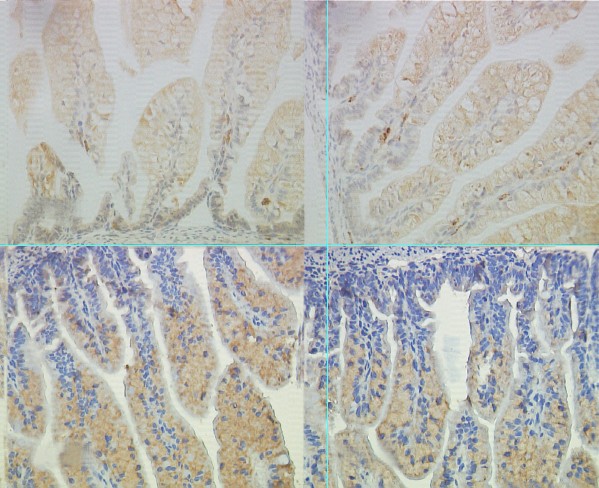 PDF(1571 KB)
PDF(1571 KB)


Regulatory effects of glutamine on Toll-like receptor 4 in neonatal rats with necrotizing enterocolitis
LI Wei, ZHENG Xiao-Hui, ZHOU Wei, RONG Xiao, HUANG Long-Guang
Chinese Journal of Contemporary Pediatrics ›› 2011, Vol. 13 ›› Issue (5) : 419-423.
 PDF(1571 KB)
PDF(1571 KB)
 PDF(1571 KB)
PDF(1571 KB)
Regulatory effects of glutamine on Toll-like receptor 4 in neonatal rats with necrotizing enterocolitis

Necrotizing enterocolitis / Glutamine / Toll-like receptor 4 / Apoptosis / Neonatal rats